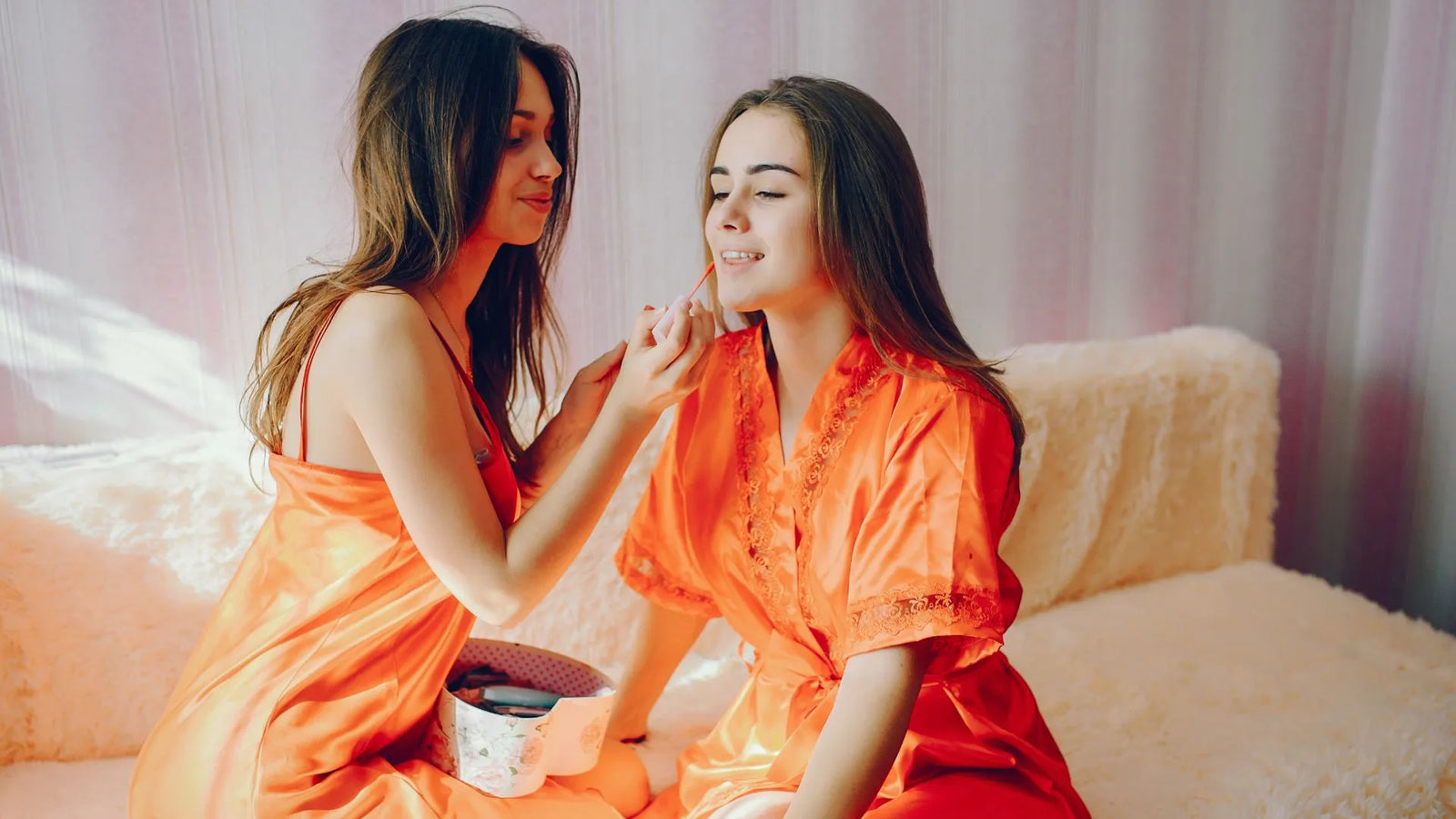What Did Women Wear to Sleep in the 1800s?

When we think about sleepwear today, we often picture comfortable pajamas or cozy nightgowns. But what did women wear to sleep in the 1800s? In this blog post, we will explore the fascinating world of 19th-century sleepwear and discover how it has evolved over the years.
Victorian Nightgowns
Victorian nightgowns mark the beginning of nightwear as we know it today. During this era, women wore long, flowing nightgowns that covered their entire bodies. These nightgowns were often made from lightweight fabrics like cotton or linen, ensuring maximum comfort during sleep.
Before Nightgowns
Before nightgowns became popular, women in the 1800s slept in a variety of garments. These included chemises, shifts, and nightshirts. These garments were usually made from plain, practical fabrics and were not as elaborate as the nightgowns that would come later.
A Sign of Status
In the Victorian era, nightgowns were not just for sleep. They were also a status symbol, with wealthier women wearing more luxurious and intricately designed nightgowns. These nightgowns were often adorned with lace, embroidery, and other embellishments, showcasing the wealth and social standing of the wearer.
Keep it, but Keep it Simple: Victorian Nightgowns
While some Victorian nightgowns were extravagant, others were simple and modest. Women who preferred a more understated look opted for nightgowns with clean lines and minimal decoration. These nightgowns were still comfortable and practical but without the excessive embellishments.
Sleepwear in the 1900s
As we move into the 20th century, sleepwear began to undergo significant changes. The turn of the century brought opulent nightwear styles influenced by the Art Nouveau movement. These nightgowns featured flowing silhouettes, delicate lace, and intricate embroidery.
Revolutionary Ideas in the Roaring 20s
The 1920s brought a wave of change in fashion, and sleepwear was no exception. Women embraced more daring and unconventional styles, with nightgowns becoming shorter and more revealing. The flapper era brought silk chemises, slip dresses, and even pajama sets into the world of sleepwear.
Sleepwear Hits the Silver Screen
With the rise of Hollywood in the 1930s, sleepwear began to be influenced by the glamour of the silver screen. Actresses like Marilyn Monroe and Audrey Hepburn popularized sleek and sophisticated nightgowns, often featuring luxurious fabrics like satin and silk. These nightgowns were designed to make women feel elegant and glamorous even in their most intimate moments.
Mid-Century Sleepwear
The mid-century saw a return to more conservative sleepwear styles. Women opted for modest nightgowns with high necklines and long sleeves. Pastel colors and floral prints were popular during this time, reflecting the overall aesthetic of the era.
Wild Sleepwear in the 1960s
The 1960s brought a shift in sleepwear fashion, with women embracing more daring and vibrant styles. Neon colors, psychedelic prints, and mini nightdresses were all the rage. Sleepwear became a way for women to express their individuality and embrace the spirit of the Swinging Sixties.
The Return of Trends in the 1970s
In the 1970s, fashion began to look back to earlier decades for inspiration. Sleepwear trends from the Victorian era and the 1920s made a comeback, with women once again opting for long, flowing nightgowns with lace and ruffled details. This era also saw the introduction of loungewear, with women wearing matching sets of pajamas or robes for both comfort and style.
Key Takeaways
As we've seen, sleepwear for women in the 1800s evolved from practical and simple garments to elaborate and fashionable nightgowns. From the modest Victorian nightgowns to the daring styles of the 1920s and 1960s, sleepwear has always been a reflection of the times. Today, we have a wide range of sleepwear options to choose from, but it's fascinating to look back and see how far we've come.


